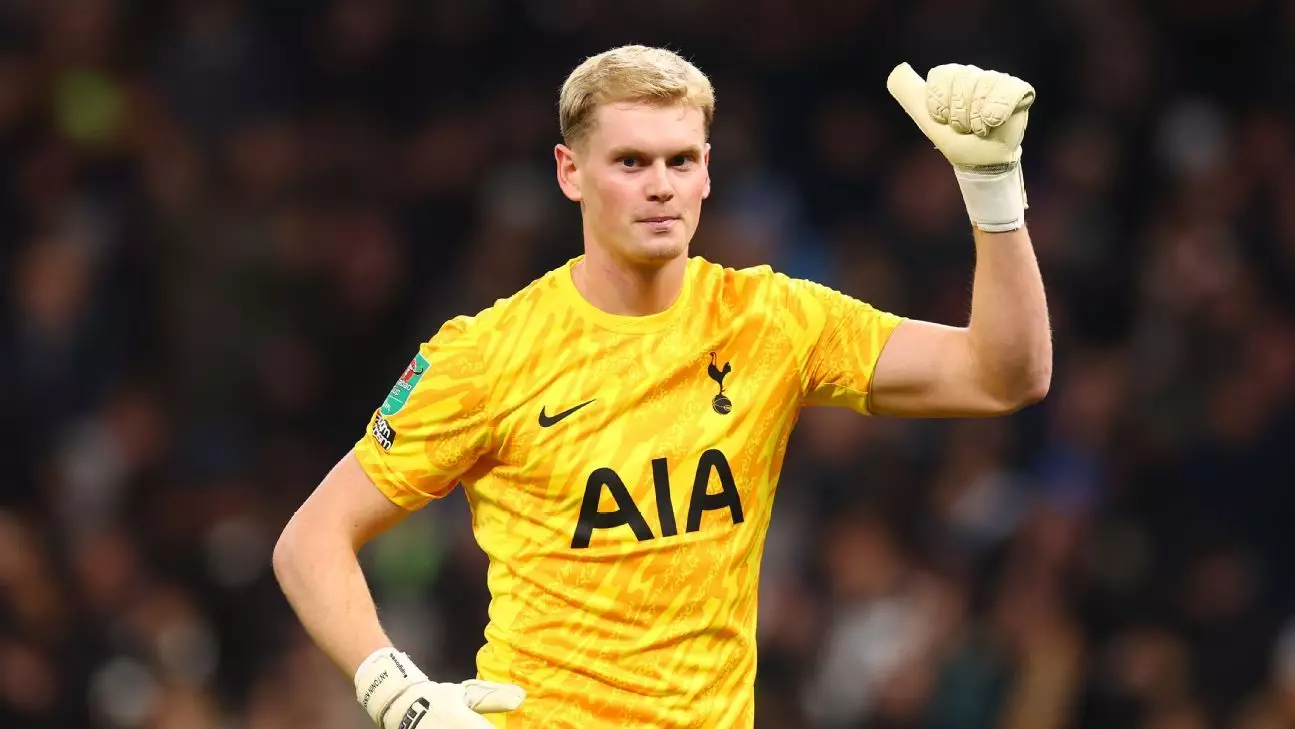The transfer landscape in football is as dynamic as the sport itself, with Premier League clubs showcasing their ambitions through substantial investments in player acquisitions. The summer transfer window of 2024 witnessed an unprecedented splurge, with clubs investing almost £2 billion to reshape their squads. This surge in spending comes on the heels of January 2024’s disappointing winter transfer budget, which culminated in the league’s lowest expenditure in three years, amounting to a mere £96.2 million. Such contrasting figures raise intriguing questions about the strategies teams might adopt moving forward into 2025 and beyond.
The Shift in Spending Patterns
The juxtaposition of summer and winter transfer expenditures underscores a significant shift in financial strategies among Premier League teams. The flourishing summer window suggests a heightened urgency to secure talent, particularly in light of the fierce competition at the top of the league. Meanwhile, the lackluster winter window indicates a more cautious approach, where clubs may prefer to nurture existing players rather than gamble on new signings during the mid-season sprint. This duality may reflect a broader recognition of the importance of squad stability, particularly for mid-table clubs that require cohesion for success.
Spotlight on Key Transfers
Several standout transfers punctuated the summer window, each reflecting both strategic foresight and immediate needs within clubs. Take Bournemouth’s acquisition of a promising left-back from Lanús, for instance. The club’s proactive approach, having identified Milos Kerkez as a hot commodity among top European clubs, signals a desire to invest in players capable of not only stepping in when needed but also securing future growth. The initial fee for the young Argentine may seem modest, but the potential for it to reach £11.5 million illustrates Bournemouth’s commitment to investing in youth and skill development.
Similarly, Tottenham Hotspur’s bid for 21-year-old Kinsky, particularly in the wake of Guglielmo Vicario’s injury woes, demonstrates an awareness of the importance of depth in critical positions. Kinsky’s attributes, including his ball distribution and versatility, align well with Ange Postecoglou’s philosophy, which seeks to modernize Tottenham’s tactical approach. Investments like these reflect a shift toward prioritizing adaptability and long-term potential over immediate impact.
Some transfers hint at a growing trend of clubs exploring international markets for emerging talent. For example, Yang’s journey from South Korea’s Gangwon FC to Tottenham reinforces how national success can translate into lucrative opportunities abroad. His credentials—12 goals and six assists—highlight the value of scouting players beyond the traditional European landscape, suggesting that the Premier League’s reach is not merely confined to established leagues.
Brighton’s swift acquisition of Gómez from MLS adds another wrinkle to this narrative. The Paraguayan midfielder, having made waves alongside Lionel Messi at Inter Miami, is a testament to the Premier League’s ambition to tap into diverse talent pools. The fee may have raised eyebrows as relatively modest compared to historical MLS transfers, but it reflects the readiness of teams to gamble on young players who might reshape their squads.
Despite the evident excitement surrounding these transfers, the challenges in reporting that envelop this period cannot be overlooked. Journalists often grapple with the complexity of accurately presenting transfer news, navigating a complicated web of negotiations, agent insights, and club sentiments. This adds layers of difficulty to the coverage of player movements that can influence fan perceptions and club reputations.
As we look forward to the developments of 2025, the contrasting figures of the past two transfer windows suggest a potential recalibration of strategies. Clubs will likely continue to refine their approaches, balancing the need for immediate success with the importance of long-term development. This evolving landscape signifies that while big-money transfers will remain, a greater emphasis on youth development and calculated risks may become the norm rather than the exception.
In essence, the transfer market is not merely about significant expenditures but about cultivating a sustainable future for clubs in one of the world’s most competitive leagues. The trends we observe today will undoubtedly shape the intricacies of tomorrow’s game, reflecting the perpetual ebb and flow of ambition, strategy, and talent in the Premier League.

